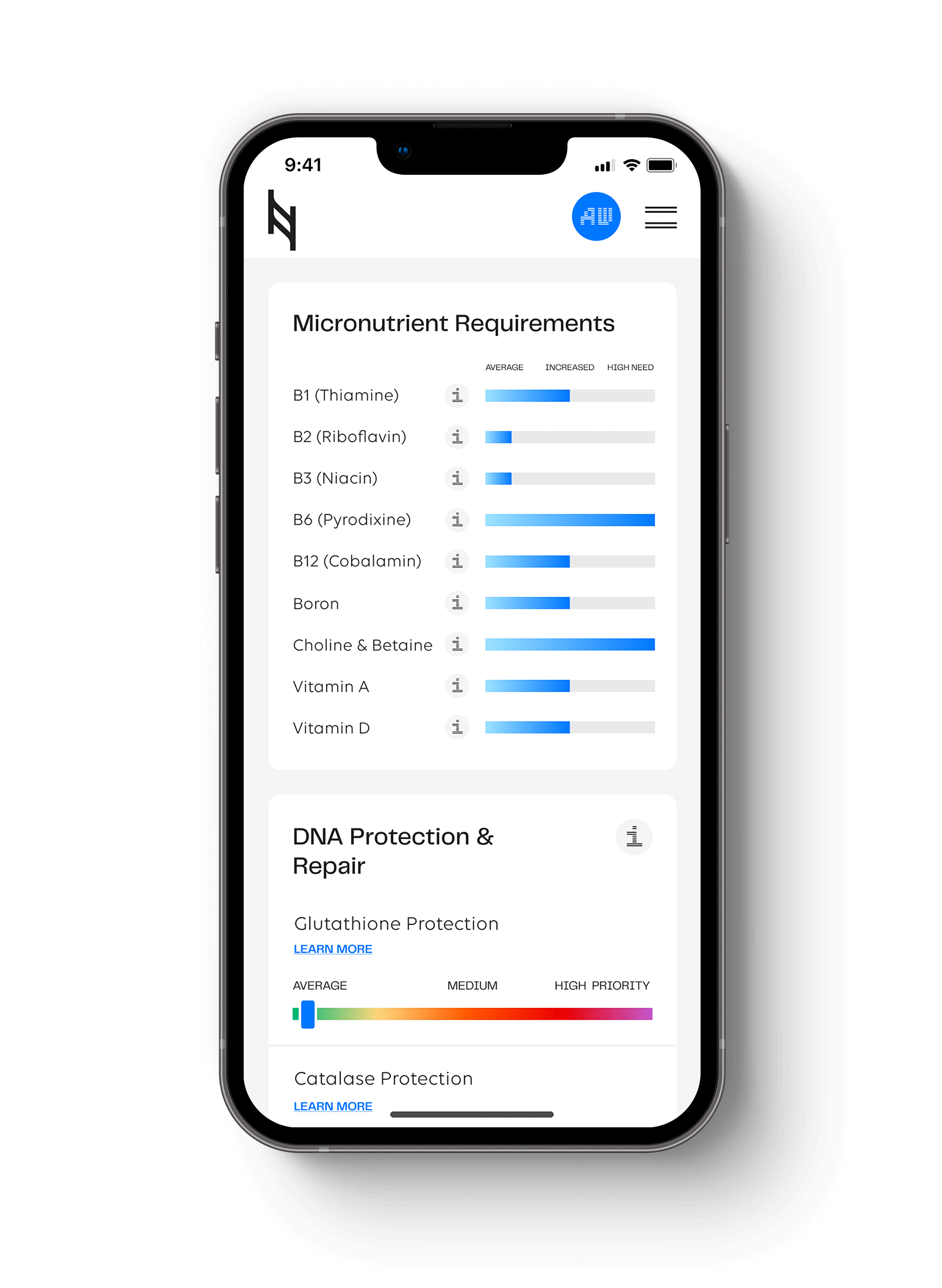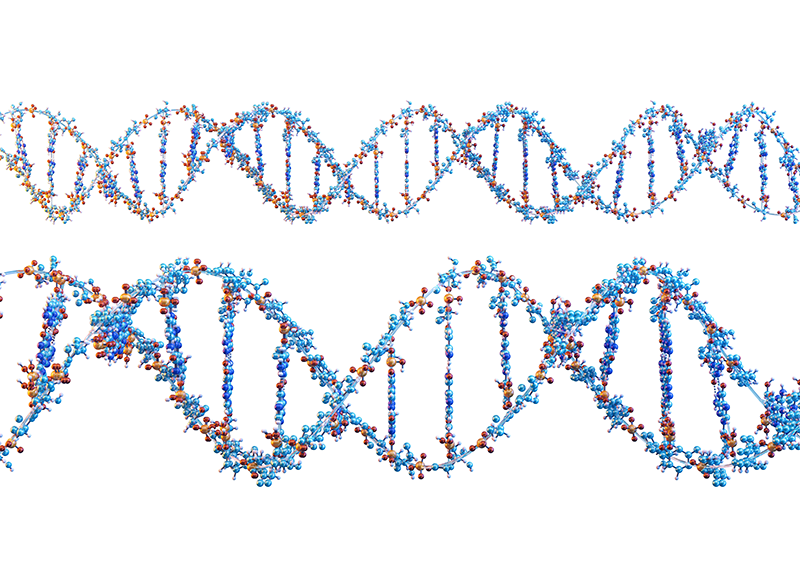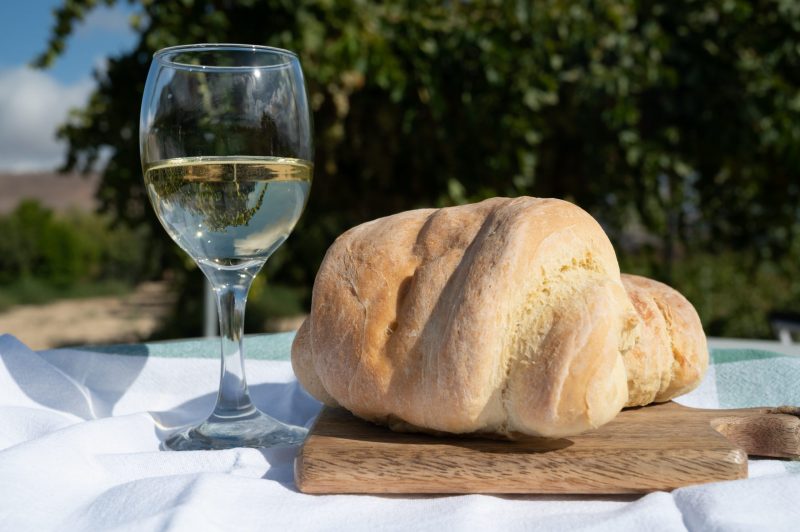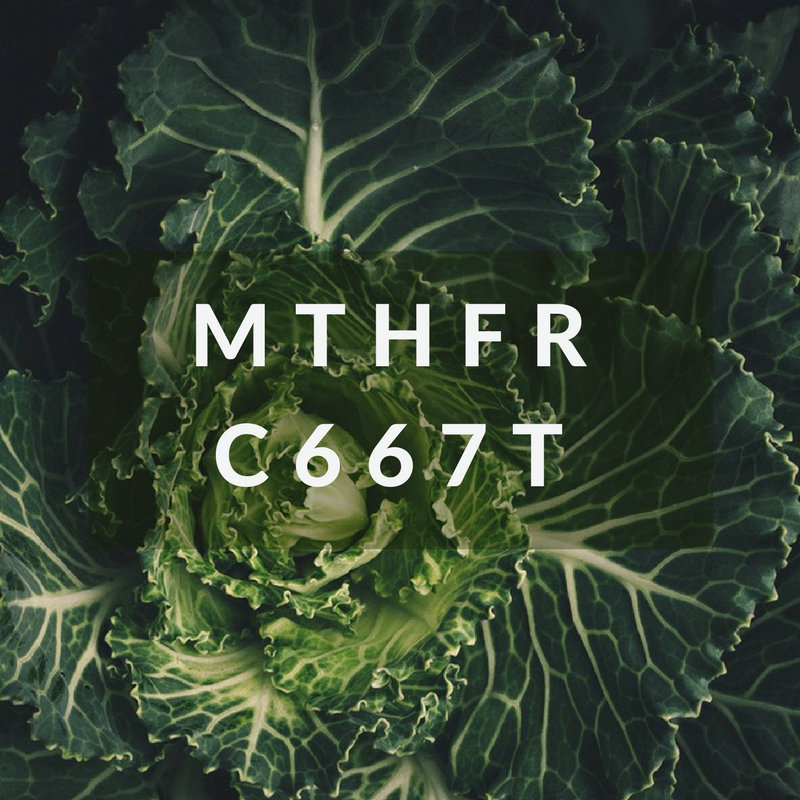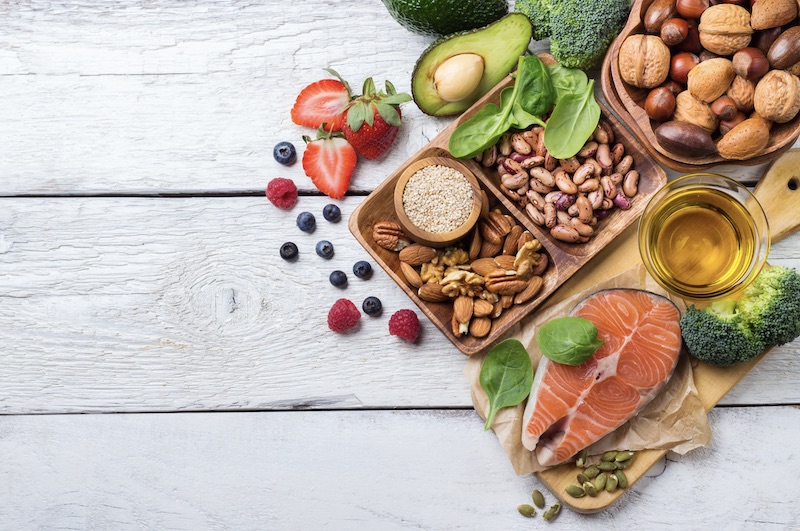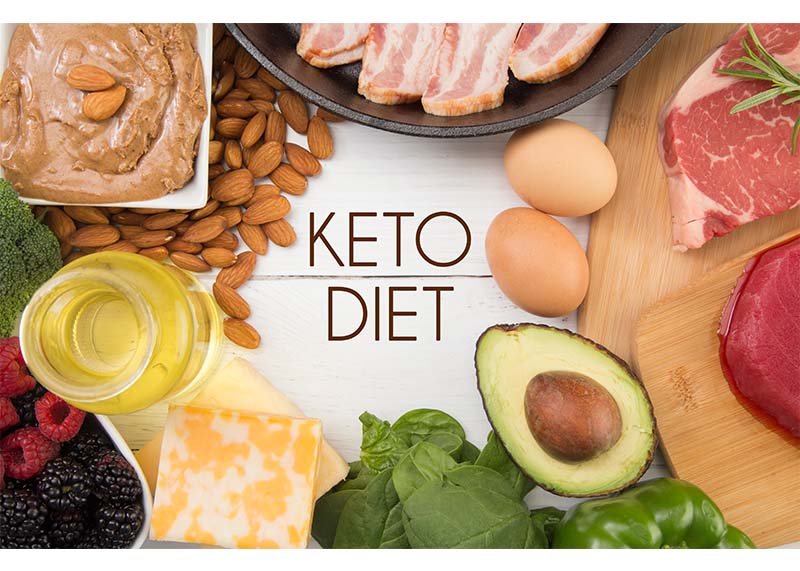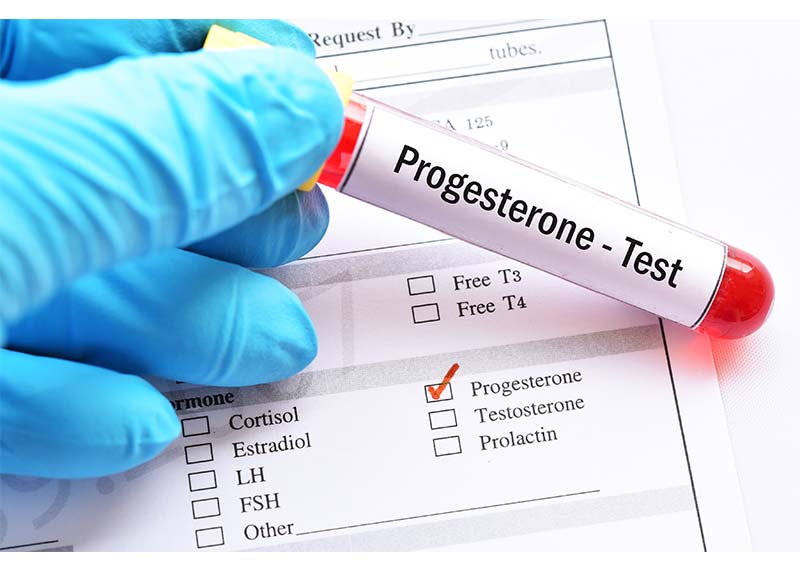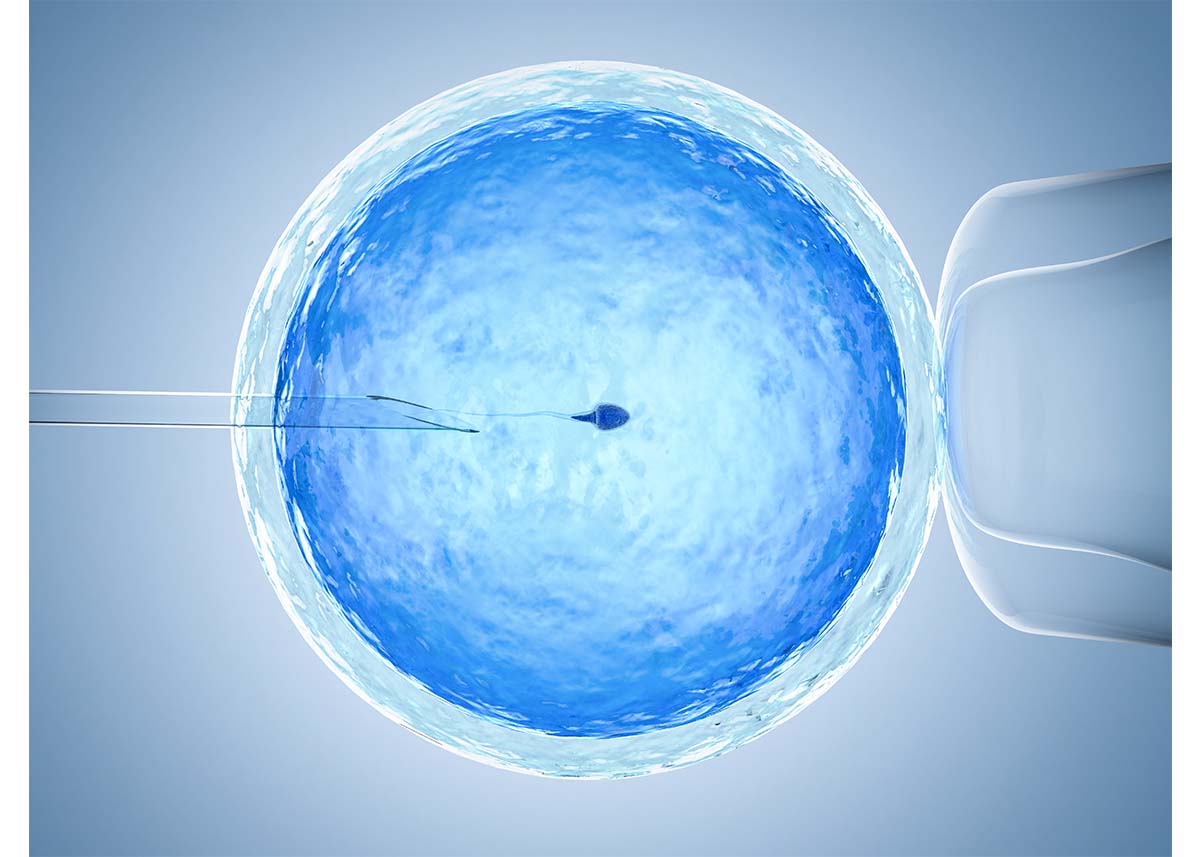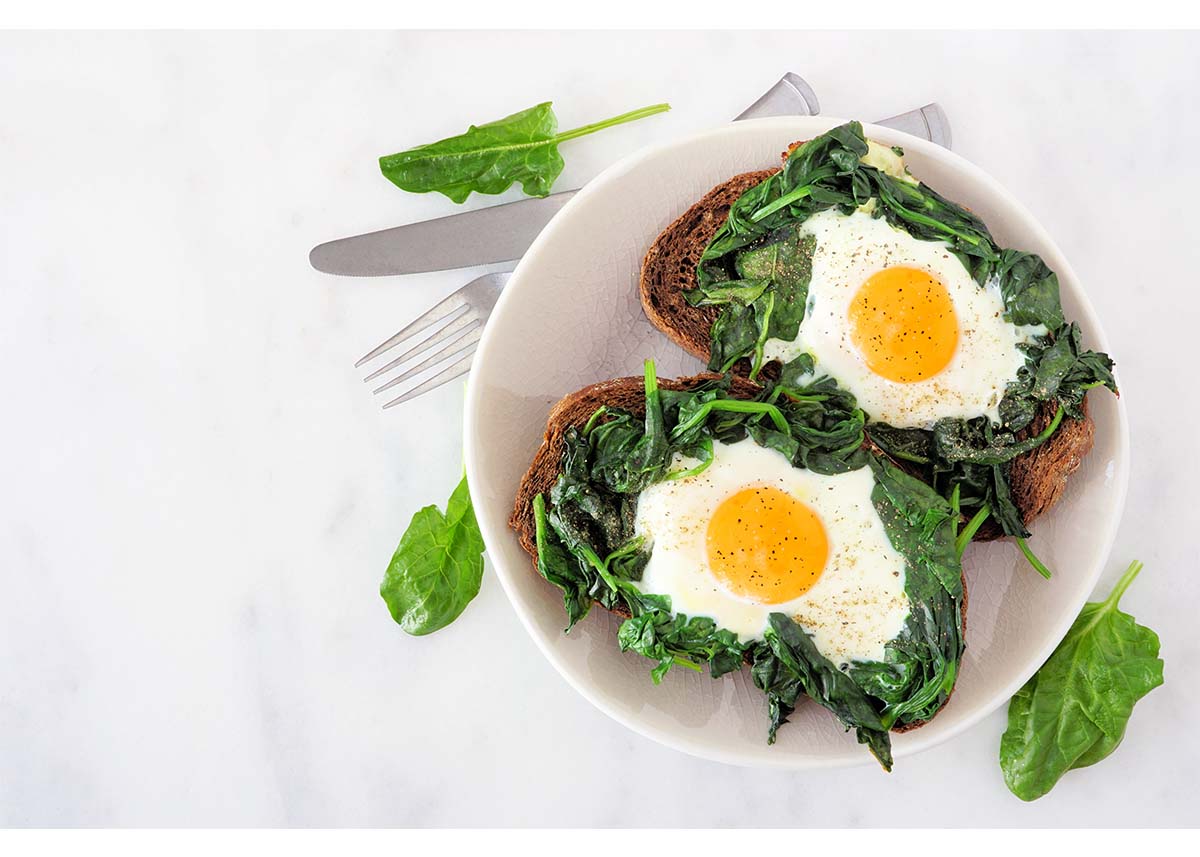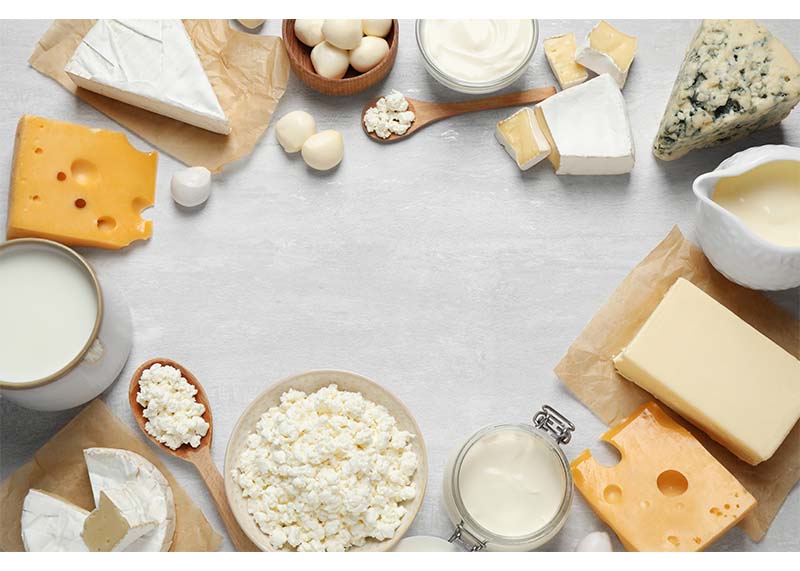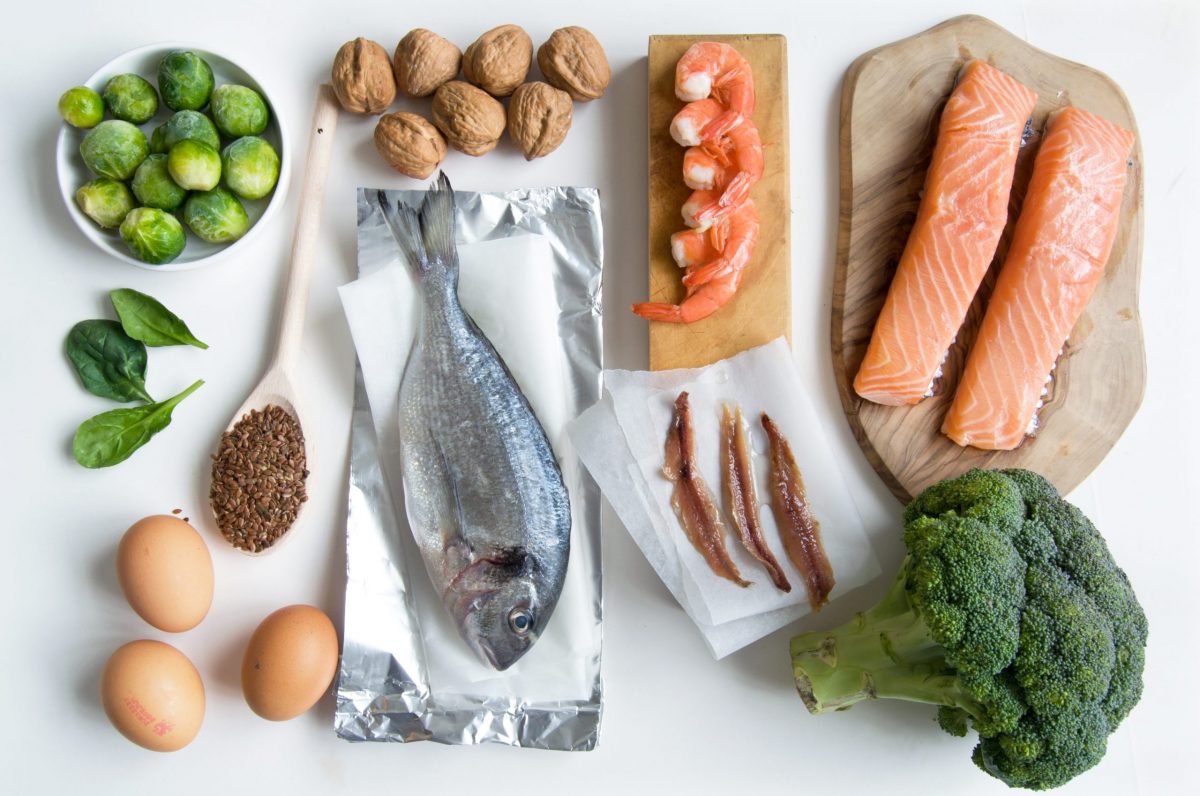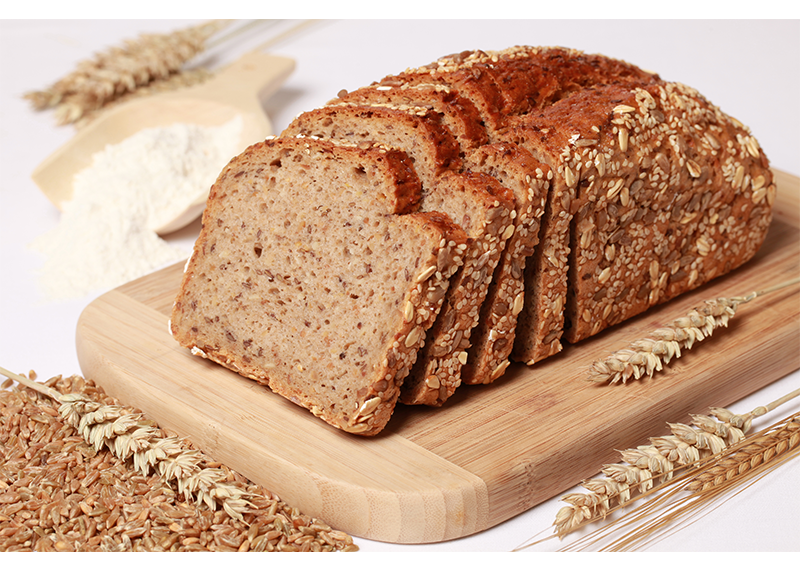You have received your Nutrition Genome Report, and now starting to incorporate all of the dietary, exercise, environmental and lifestyle recommendations based on your results to slow the aging process. How do you know how well you are epigenetically slowing down the aging process? As the science progresses on monitoring the rate someone is aging at the biological level versus the chronological level through various epigenetic clock testing, there may be one simple test that you can do right at home.
Grip Strength as a Marker of Aging
Grip strength has emerged as a biomarker of aging to predict the rate of aging across all young, middle-aged, and older populations at every socioeconomic level. Low grip strength has been correlated with an increased risk of diabetes, physical disability, cognitive decline (including Alzheimer’s disease), and early all-cause mortality. Grip strength was an even a stronger predictor of all-cause and cardiovascular mortality than systolic blood pressure.
In assessing bone mineral density, grip strength helped predict levels at different sites of the body, including the heel, spine, and hip, with strength being a better predictor of higher bone mineral density than muscle mass.
In a study titled “Grip strength is inversely associated with DNA methylation age acceleration,” researchers determined the association between grip strength and DNAm age acceleration derived from three epigenetic clocks trained on phenotypic aging and mortality.
In the cohort of 1,275 men and women, researchers found that the lower the grip strength, the stronger the association with epigenetic age acceleration across several clocks. In comparison, a higher grip strength predicted a slower aging process.
The explanation of the epigenetic pathways of grip strength and aging has yet to be completely understood. One hypothesis is that low-grade inflammation is an underlying cause of muscle weakness as we age, making inflammatory markers and grip strength proxies for aging rates. Research has shown chronic inflammation to be related to lower grip strength and an increased risk of a host of health disorders.
The Cumulative Effect of Epigenetic Strategies
With the Nutrition Genome Report, you can build healthy habits by starting with your highest priorities from a nutritional, physical, environmental, and lifestyle approach that will reduce chronic inflammation at the cornerstone of the aging process and reflected in your grip strength.
Reviewing your genetic results in the Toxin Sensitivity and Antioxidant and Inflammation Protection section in the Nutrition Genome Report may be the most helpful in understanding your requirements. Research shows that people who live the longest have the best-preserved antioxidant system and the highest glutathione levels. A study looked at a variety of biomarkers in older adults (age 85-99), centenarians (100), semi-supercentenarians (105+), and supercentenarians (110+) and found that low inflammation was the only biomarker that predicted survival and cognitive capabilities across all age groups.
In another study looking at centenarians’ antioxidant status compared to those of healthy young (aged 25–35) and middle-aged (aged 65–75) men and women, centenarians showed the same glutathione levels as young adults and the highest catalase activity of the three groups.
While some individuals are genetically equipped with a better antioxidant system for longevity and immune function, you can epigenetically influence these systems to work better. Let’s explore some ways to accomplish this below.
Diet: Glutathione requires glycine, cysteine, glutamate, and selenium. What also increases glutathione are cruciferous vegetables such as broccoli, broccoli sprouts, cabbage, cauliflower, and Brussels sprouts. People who have a specific genotype in the glutathione gene GSTM1 have been shown to have a higher requirement for cruciferous vegetables for cancer prevention. Reishi and cordyceps mushrooms protect the mitochondria and have both been found to contain anti-aging and longevity activity. Spices like ginger, cumin, anise, fennel, caraway, and cardamom are all found in studies to assist catalase levels, found to be highest in centenarians.
Exercise: For exercise, a combination of aerobic exercise and circuit weight training produced the highest glutathione effect.
Deep breathing: Glutathione has been found to increase by 20% with deep breathing practices like Tai Chi or yoga, and it reduces the expression of genes linked to inflammatory response and stress-related pathways.
Cold Exposure and Saunas: Genetic variants that lower the endogenous antioxidant system could be related to having ancestry in cold climates. Repeated oxidative stress in the form of cold exposure has been found to increase glutathione peroxidase, SOD, and CAT in winter swimmers. Using a sauna is excellent for those with variants in BDNF that need a boost, regulating serotonin levels and require improved detoxification.
How to Test Your Grip Strength
All you need to test your grip strength is a dynamometer measured in pounds or kilograms. These can be found online, with digital ones ranging less than $30, and clinical versions going up to $300. These come with a chart to compare your results based on age and categorized in a weak, normal, or strong categories. The chart can also be found online here.
Hit your health goals faster
We'll help you remove the guesswork
Experience the most advanced nutrigenomic test available, covering 100 clinically relevant genes for a "whole body" analysis. Take control of your health today.
$359
